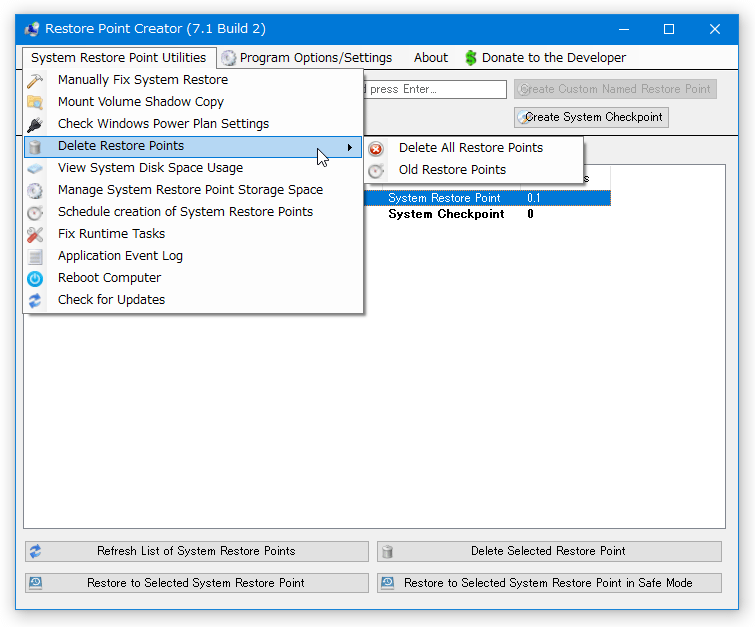


To take advantage of this feature, you must set up your database in advance to create flashback logs. You can only use Flashback Database if flashback logs are available. "Rewinding a Database with Flashback Database" explains how to use the FLASHBACK DATABASE command to reverse database changes.įlashback Database uses its own logging mechanism, creating flashback logs and storing them in the fast recovery area. You can return a database to its state in a previous incarnation, and undo the effects of an ALTER DATABASE OPEN RESETLOGS statement.

You can use Flashback Database to reverse most unwanted changes to a database if the data files are intact. Flashback Database is much faster than point-in-time recovery because it does not require restoring datafiles from backup and requires applying fewer changes from the archived redo logs. It enables you to return a database to its state at a time in the recent past. You can use either command to quickly recover the database from logical data corruptions or user errors.įlashback Database is similar to conventional point-in-time recovery in its effects. Flashback Database is accessible through the RMAN command and SQL statement FLASHBACK DATABASE.


 0 kommentar(er)
0 kommentar(er)
